Type: Black
Origin: Sri Lanka
Price: Free sample (regular price - $9.50 for 3oz.)
Vendor: Arbor Teas
Brewing Method: Per Instructed - 1 teaspoon of leaves, 1 cup of filtered water, heated to 212°F, steeped for 3-5 minutes
Overall Score: 4.8 out of 5
Greenfield Estate Ceylon is a high-grown black tea from the Uva District in Sri Lanka. The aroma of the dry leaves is interesting – kind of a mix between caramel and peach. It smells deliciously fruity for being an unflavored black tea. The leaves are medium size, dark brown, rolled, twisted pieces. The color of the leaves is consistent throughout the blend, but the aroma is quite complex.
The steeped tea smells chocolaty with hints of fruitiness in the background. It smells sweet, not smoky. The liquor is an orangey red color.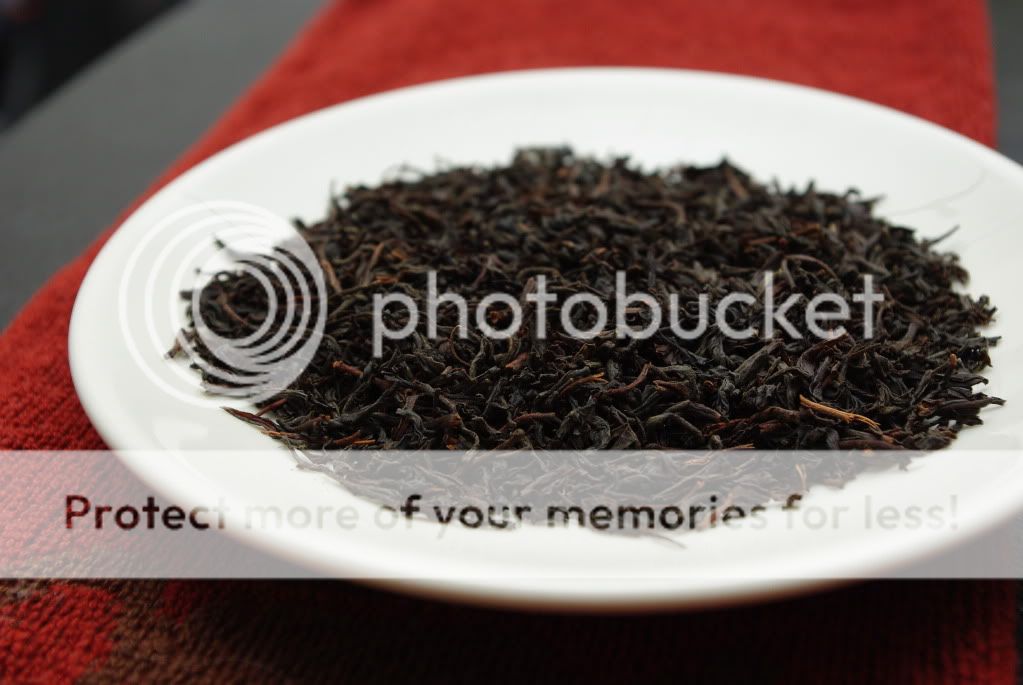
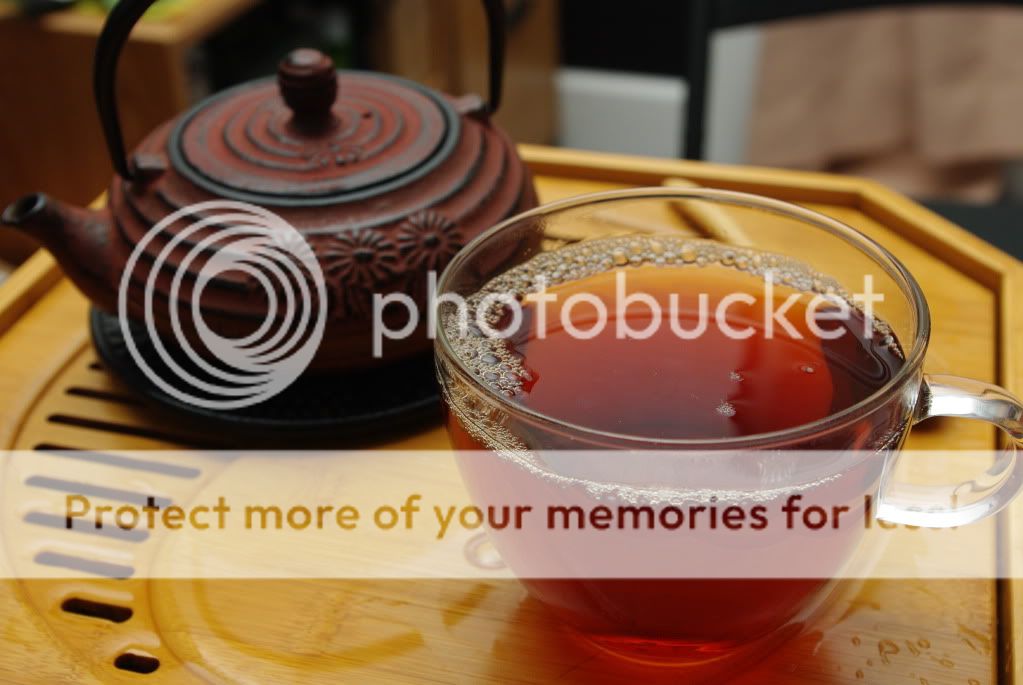
The taste is sweet, with a lot of fruity notes… especially peach and apricot. It has a very nice chocolaty finish. Dryness is present, but not too much to be an issue. It is definitely not bitter.
I really enjoy this tea. I finished the cup and wanted more. It has such a sweet, but not too sweet, flavor. I didn’t realize so many fruity flavors could be in one tea. It is bold without being too strong; no need to add sweeteners.
Monday, February 28, 2011
Arbor Tea's Greenfield Estate Ceylon Review
Monday, February 21, 2011
Arbor Tea's Rembeng Estate Assam Review
Type: Black
Origin: India
Price: Free sample (regular price - $9.95 for 3.5oz.)
Vendor: Arbor Teas
Brewing Method: Per Instructed - 1 teaspoon of leaves, 1 cup of filtered water, heated to 212°F, steeped for 3-5 minutes
Overall Score: 4.2 out of 5
This Rembeng Estate Assam tea is, according to Arbor Tea’s website, located “…near the banks of the Brahmaputra River.” The first aroma I recognize is a sweet, malty, chocolaty smell coming from the bag. The dry leaves are longer than most black teas; they are thin, rolled, slightly twisted pieces. The hue is overall dark brown with rare bits of orange color.
The malty aroma is brought out more as the leaves are steeping. There is something kind of “roasty” about the aroma, as well… quite similar to very weak coffee. The color is a beautiful reddish orange.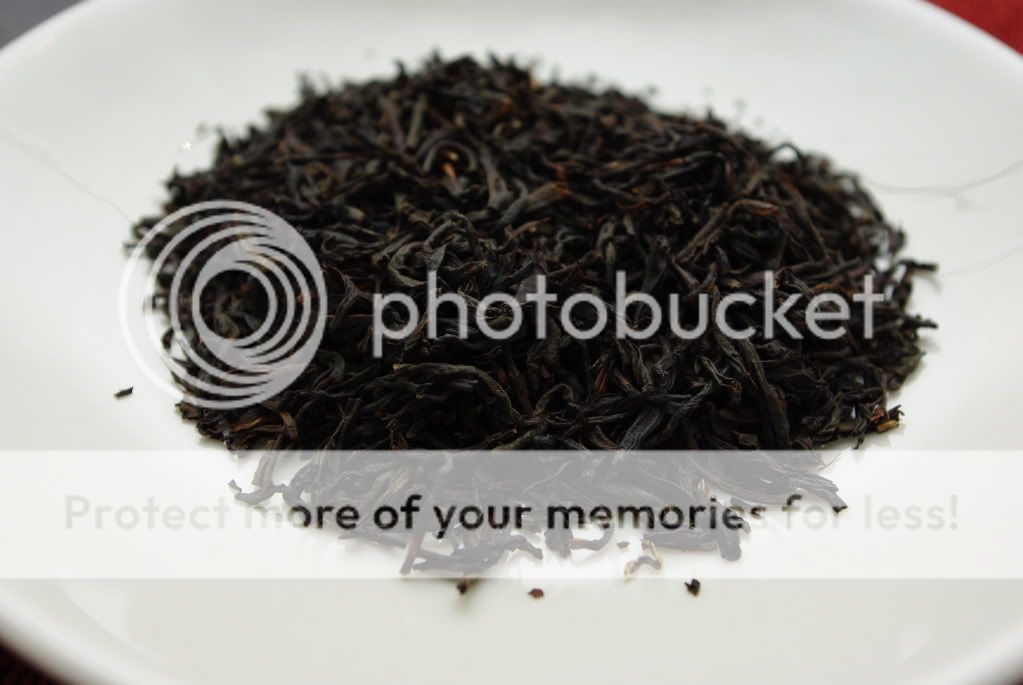
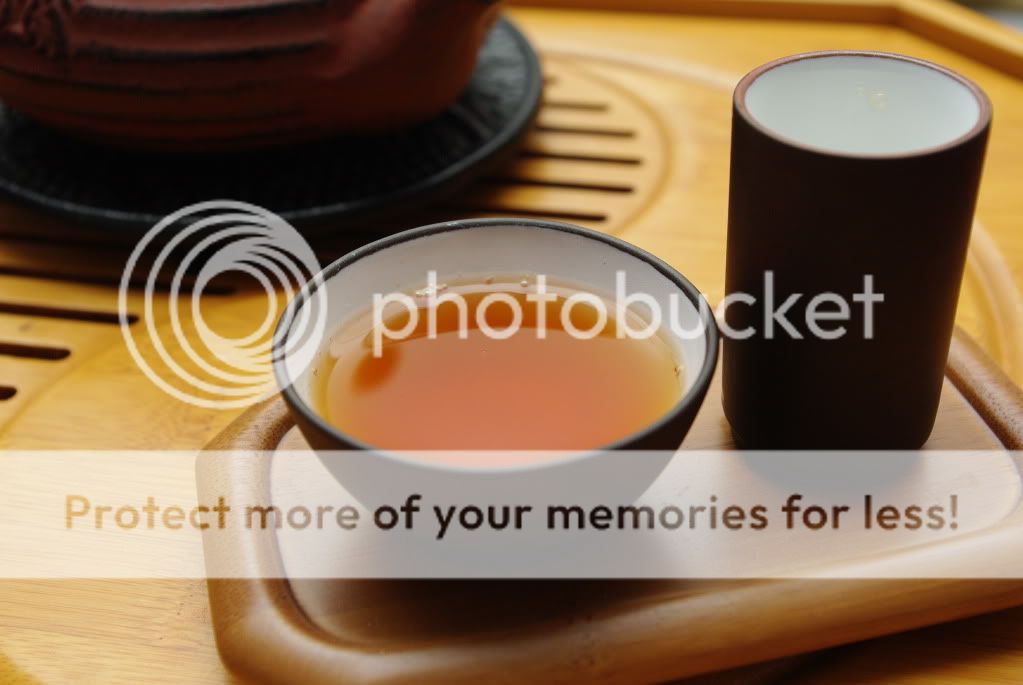
The taste follows the aroma; it is malty, with a dark roasted flavor. It is more astringent than I would like, however. There are some fruity notes that pop up in the after taste – a mix of apricot and peach. The dark over tone of the roasted flavor still takes center stage, though.
This is definitely a bold tea that could give hearty Irish Breakfast tea a run for its money. This Assam isn’t bitter, but it isn’t the sweetest thing either. The dryness is a tough one to get through, but the dark malty flavor makes it worth it.
Sunday, February 13, 2011
Arbor Tea's Masala Chai Review
Type: Black
Origin: India
Price: Free sample (regular price - $17.50 for 5.5oz.)
Vendor: Arbor Teas
Brewing Method: Per Instructed - 1 teaspoon of leaves, 1 cup of filtered water, heated to 212°F, steeped for 3-5 minutes
Overall Score: 4.0 out of 5
Masala Chai is a black tea base (I am assuming Assam) with green cardamom, cinnamon, ginger, cloves, and black pepper. Upon opening the package I can smell the cinnamon and cloves right away. It has an overall spicy aroma between the ginger, cinnamon, cloves, and pepper. The dry blend is colorful with the yellowish ginger, brown cinnamon, and green cardamom against a black background of tea leaves. The vast amount of cloves worries me, though.
The liquor smells spicy as the cloves and cinnamon battle it out to be the most prominent scent. I can faintly smell the ginger in the background. The color is dark orange right out of the teapot and then it turns to a light brown when the milk is added.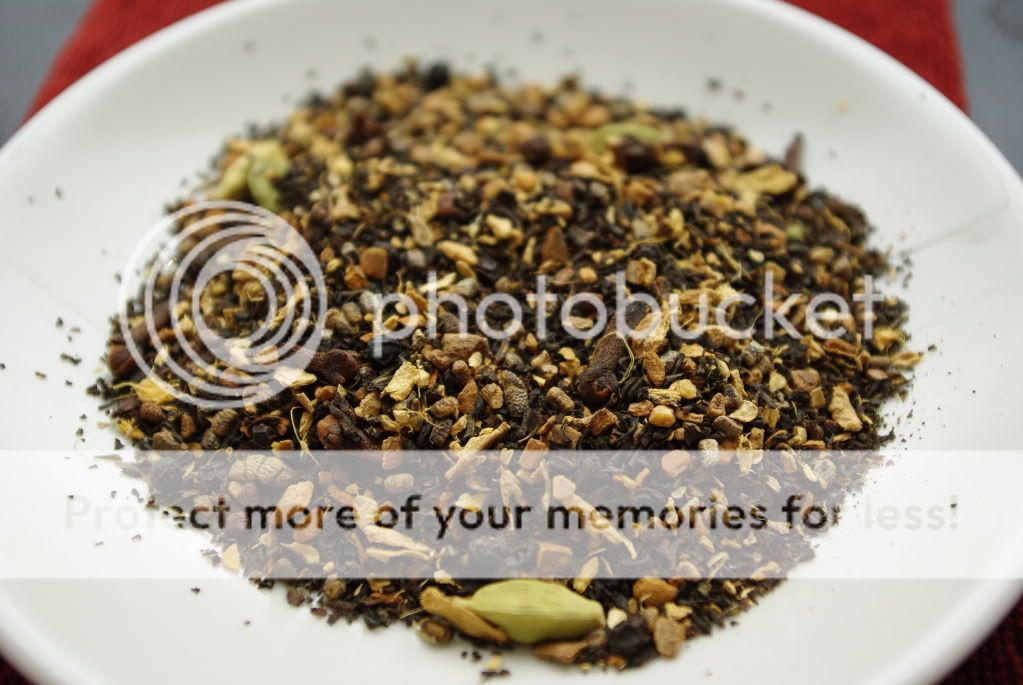
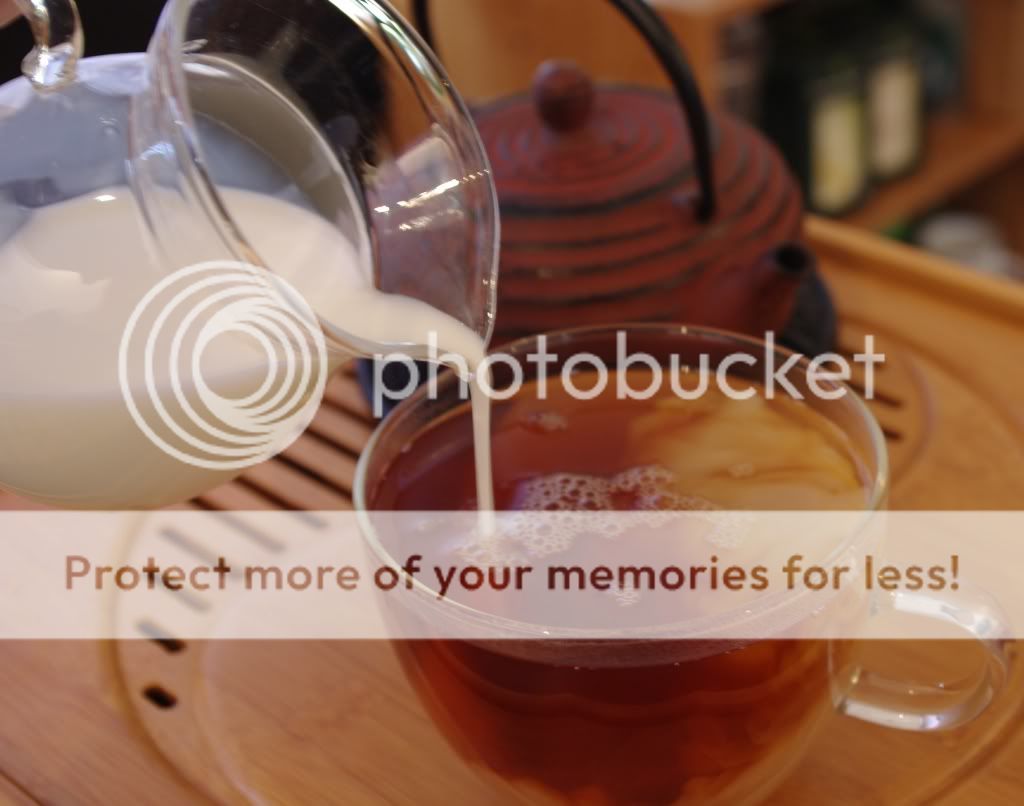
Wow, despite my worries about the army of cloves in the blend, this chai doesn’t taste half bad. With the milk added, per recommendation of Arbor Tea’s website, it cuts the harsh spices and gives them a warming characteristic rather than a stabby one.
The cinnamon and cloves are still front and center, of course, but I can also taste the ginger in the background. The tea has a general warm, soothing feel, yet the hearty flavor still packs a punch. I could see this being a good breakfast or “wake me up” tea.
Sunday, February 6, 2011
The Water Experiment
No more tea bags for you. Nope. Not going to happen. You go straight to the high quality, right for the good stuff – the loose leaf stuff, nothing less than the SFTGFOP for you. You open up your box and stare at the golden floweriness of the leaves… and then drown them in chemically treated tap water full of who knows what. You take a sip and wonder why your super fine tea doesn’t taste so super. Before you blame the leaves, the company, the farmer, the crop, and the weather, you might want to take a good, hard look at your not-so-good hard water.
Roughly 98% of what is in your teacup is water. If you don’t like the taste of your water, then more than likely you are not going to like the taste of the tea. What I mean is, if your water tastes like you are licking a metal pipe – water that has a lot of heavy metals, chlorination by-products, and other pharmaceuticals – then your cup of tea is going to reflect that metallic/sulfur aftertaste.
The importance of the right kind of water for tea is not something new. For centuries, the Chinese insisted that the best water to use for Dragon Well tea was water from the Dragon Well spring in the FengHuang Mountain region of China. Although, we cannot all have access to the Dragon Well spring, we can reach for the next best thing: filtered water.
PUR, a company dedicated to water filtration systems, sent me their PUR one-click faucet mount filter to put to the test. I decided to do a blind experiment involving four different water sources: the PUR faucet mount water filter, a Brita water filter pitcher that I currently use for tea, my tap water, and my boyfriend’s apartment tap water.
First, I would like to say that installing the PUR filter was very easy. We have a fairly old faucet and I was worried if the filter would attach, but PUR includes four different washer-like attachments so you can choose the right one that fits your faucet. After screwing in the washer, the filter slides in easily to the body of the case, and the whole thing snaps on with one easy click. They really aren’t kidding about the “one-click” process. De-packaging to installation only took about five minutes.
For the procedure I lined up four mugs and four glasses labeling each pair A, B, C, D. Like I said earlier, this was a blind test so I left the room and had someone else fill each mug with a different type of water, with them keeping the key to what water was in what mug a secret. In each glass I measured out and placed 2.3 grams of Adagio’s White Peony white tea. I chose this particular tea because of its delicate taste. I also chose glasses instead of my fancy tea ware because I didn’t have four of the same tea ware pieces and I wanted each batch to be uniform. It is not the most aesthetic set up, but this way each batch was subjected to the same heat dissipation and steeping conditions.
Next, I heated the four mugs in the microwave until the water reached a temperature of 185°F, allowing for a loss of 5°F when hitting the room temperature glasses to acquire the recommended water temperature of around 180°F. Then, I poured each mug of water into the respectfully labeled glasses containing the white tea. I allowed the tea to steep for the recommended seven minutes then decanted the tea into their respected mugs. Finally, I allowed the tea to set for about five minutes in order to be cool enough to taste.
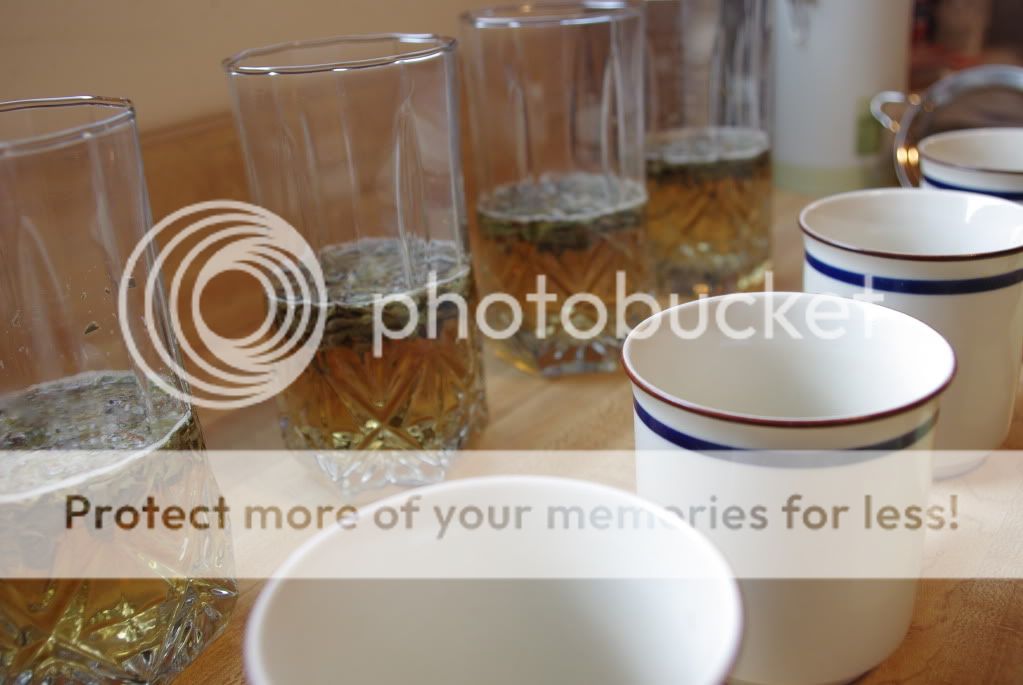
The results were very interesting. I have known for quite some time that water affects the taste of tea, which is why I invested in my Brita pitcher, but I had no idea of exactly how much water plays a role until I tasted each cup side by side. I was very surprised! Here is what I found:
Please remember that even though I have now paired my notes with the actual water source, at the time of the tasting, I had no idea as to what water was in what mug.
(A) PUR faucet mount water filter – It has a strong, full, brisk flavor for being white tea. I can taste the slight fruitiness at the end, along with a hint of sharpness. It is rather dry than the other three, but holds more complex flavors. There was hardly any residue on the side of the mug.
(B) Boyfriend’s apartment tap water – It has a strong flavor but also a harsh bite in the beginning and end. I have a hard time tasting any fruitiness that normally accompanies this type of tea. The sharpness is distracting. The color seems to be the darkest of the four. This one is astringent as well, but not as much as A. There was a lot of residue on the side of the mug.
(C) My tap water – It has a good flavor, but not as strong as A and B or as complex as A. It is crisp with no sharpness like B. I can taste way more of the fruitiness of the tea but less of the other slightly grassy, nutty flavors like in A or B. It is smoother than A and B – not as much dryness – but the finish is flat. There was a fair amount of residue on the side of the mug.
(D) Brita pitcher water filter – This is almost the same as C. This tea has the lightest color of the group. The flavor also seems faint and a little flat. It is crisp and smooth, hardly any dryness. It lacks the body and briskness that A has. There was hardly any residue on the side of the mug.
My conclusion was a hard one to make. I liked the full flavor of the PUR, but the dryness caught me off guard. However, like wine, good tea is supposed to have some dry qualities. I think I am going to avoid ever making tea with the tap water at my boyfriend’s apartment and at my place. As for my Brita pitcher, that one really stunned me. I have been making tea with this water filter for over a year now, and I didn’t see anything wrong with it. I am wondering if something went wrong with the steeping process in this batch. I want to give old faithful another chance before nixing it. For now, I think I am going to use the PUR filter. It is easier to use than my Brita pitcher (which I have to pull out of the refrigerator and refill almost every time I use it) and the PUR filter makes a decent cup of tea.
For my final thoughts, I suggest investing in a water filter of some kind if you want to enjoy delicious cups of tea or even healthier cups of water. By the way, if you are thinking about buying bottled water instead of a filter, don’t! Filters are a heck of a lot better for the environment, so I believe bottled water isn’t even an option. So I don’t have to go through my diatribe of why I think bottled water is bad, just don’t do it… or I will make you hug a tree!







